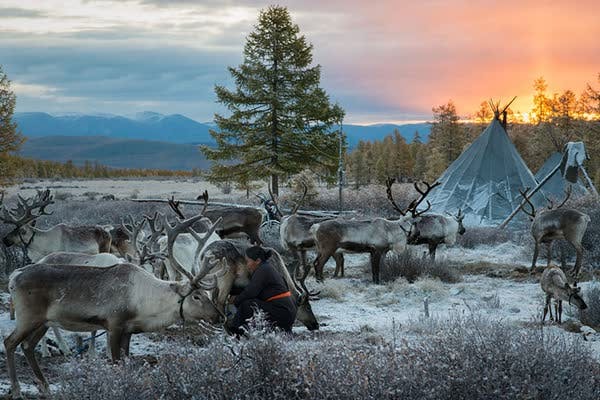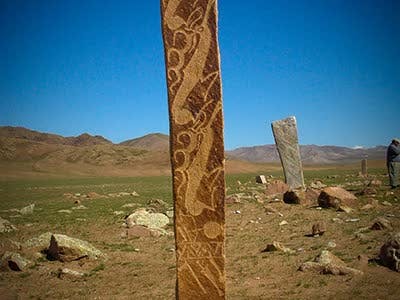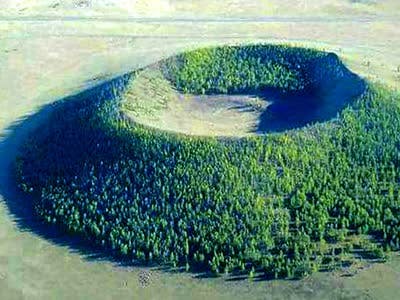Mongolian Shamanism
ABOUT MONGOLIAN SHAMANISM
Mongolian Shamanism, also known as Tengerism or Burkhanism, is an ancient indigenous religious and spiritual belief system practiced by the Mongols and some other ethnic groups in Mongolia and the surrounding regions. Here's some information about Mongolian Shamanism:
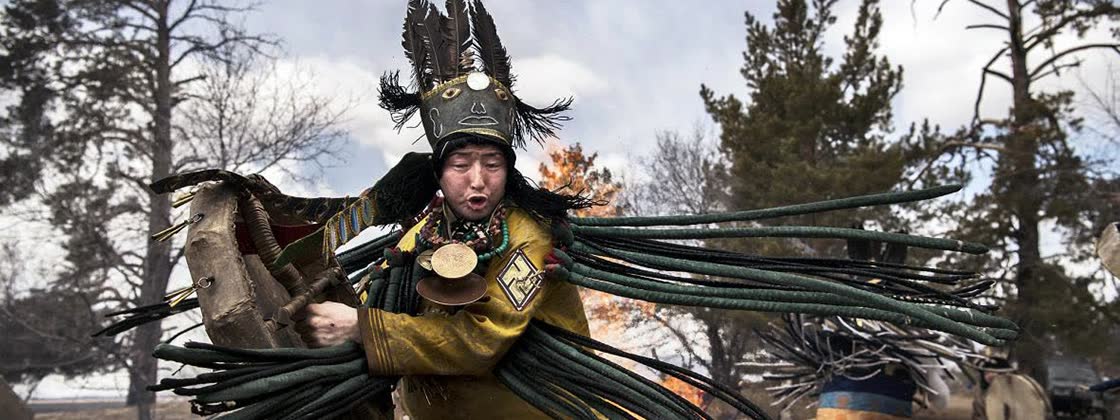
GOOD TO KNOW
t's important to note that Mongolian Shamanism coexists with other religious practices in Mongolia, such as Buddhism and Islam. Many Mongolians practice a syncretic blend of Shamanism and Buddhism, reflecting the cultural and religious diversity of the country.
Mongolian Shamanism serves as a vital aspect of Mongolian identity, connecting people to their ancestral roots and the natural world. It provides a framework for understanding the spiritual aspects of life, healing, and maintaining harmony with nature.
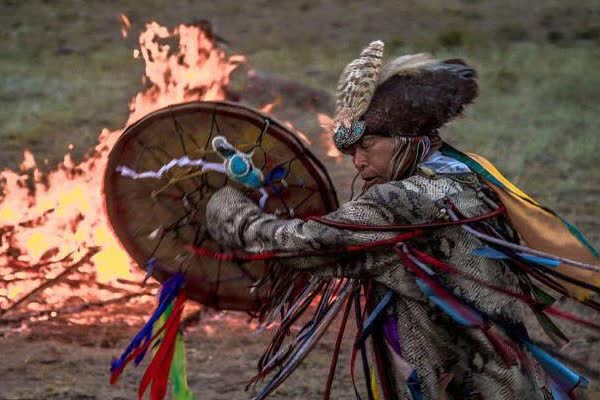
- Beliefs and Cosmology: Mongolian Shamanism is based on the belief in the existence of spirits and deities that inhabit the natural world. The practitioners, known as shamans or buu, serve as intermediaries between the human and spirit realms. They communicate with spirits through rituals, ceremonies, and trance-like states.
- Worship of Tenger and Nature Spirits: Tenger, meaning "heaven" or "sky," is considered the supreme deity in Mongolian Shamanism. Tenger is believed to have numerous subordinate deities and spirits associated with various natural elements such as mountains, rivers, trees, and animals. These spirits are honored and revered through prayers, offerings, and rituals.
- Rituals and Ceremonies: Shamanic rituals and ceremonies play a central role in Mongolian Shamanism. These ceremonies often involve drumming, chanting, singing, and dancing to invoke the spirits and establish a connection between the human and spirit worlds. Shamanic rituals are performed for various purposes, including healing, divination, blessing, protection, and purification.
- Ancestral Worship: Ancestor worship is an important aspect of Mongolian Shamanism. Ancestors are believed to continue to exist in the spirit world and can provide guidance, protection, and blessings to their living descendants. Ancestor worship involves offering prayers, food, and other items to honor and show respect to the ancestors.
- Relationship with Nature: Mongolian Shamanism emphasizes the sacredness and interconnectedness of nature. The natural world, including the mountains, rivers, and animals, is considered divine and is treated with reverence. Shamanic practices often involve seeking harmony and balance with nature and seeking guidance from the natural spirits.
- Influence on Mongolian Culture: Mongolian Shamanism has had a significant impact on Mongolian culture, art, and traditions. Shamanic rituals and beliefs are integrated into various cultural events, festivals, and ceremonies. Shamanic motifs can be found in traditional Mongolian music, dance, costumes, and artwork.
RELATED DESTINATIONS
The Darkhad Valley is a remote and picturesque region located in northern Mongolia. It is home to the Darkhad ethnic group, who are traditional reindeer herders. Here's some information about the Darkhad Valley and its reindeer herders:
The Uushig Deer Stone Monument is an ancient archaeological site located in the Khovd Province of western Mongolia. Here's some information about the Uushig Deer Stone Monument:
Visiting Uran Togoo Mountain provides a chance to explore a unique volcanic landscape, experience the natural beauty of the area, and learn about the geological history of the region.
